Do not hesitate to give us a call. We are here to help, before, during, and even after your trip.
+977 9851410929
info@nepaladventuretrail.com
EXCELLENTTrustindex verifies that the original source of the review is Google. Our travel with Nepal Adventure Trail was outstanding. Porgi was the best guide one could ask for. And the way we experienced Tibet as a family was one of our favorite trips ever. I would highly recommend this company for the full experience of traveling in Tibet. David U.S.A.Posted onTrustindex verifies that the original source of the review is Google. I went to Nepal with two of my sons, and the 12-day trip organized by Nepal Adventure Trail was absolutely fantastic. The itinerary was diverse and well-balanced, including guided tours of Kathmandu and Pokhara, a thrilling jungle safari on foot in Chitwan, and a breathtaking 3-day trek to the Australian Camp in the Himalayas. We were fortunate to have two superb guides, one for Kathmandu and Chitwan, and another for Pokhara and the trek. Both of them were knowledgeable, friendly, and attentive. This journey left us deeply impressed and eager to return to Nepal. Highly recommended!Posted onTrustindex verifies that the original source of the review is Google. Хорошая компания исполняющая взятые на себя обязательства. Путешествовать с ними большое удовольствие!Posted onTrustindex verifies that the original source of the review is Google. I have had a long standing business relationship with the team at Nepal Adventure Trail. A very porfessional company that offers a wide range of tourism services. I highly recommend them for planning and executing unique itineraries.Posted onTrustindex verifies that the original source of the review is Google. Nepal Adventure Trail is one of the best companies I’ve ever worked with. We had an incredible experience with this trail, During our trip to Annapurna Base Camp on April-May, 2025. Very good experience, robust knowledge and friendly staff who helped us every aspect of our journey and mission. Mr. Sapkota, pragya & his entire team is dedicated and very professional. I would strongly recommend that if you’re interested doing something interesting like Hiking, trekking or exploring nature of virgin mountain, please go ahead with this company.Posted onTrustindex verifies that the original source of the review is Google. Amazing EBC trek was organised by Nepal Adventure Trail for us (a group of friends from London) in March 2025. As you can imagine, when there are 8 individuals, 16 different ideas pop ups and the company was accommodating our changes while going through such as change from standard route to Cho La Pass and via Gokyo Lake, arranging helicopter ride back Kathmandu and getting refund to airline ticket from Lukla.... It was an once in lifetime achievement for me and thanks for making my dream true and helping on the way through.Posted onTrustindex verifies that the original source of the review is Google. My wife, our friends, and I had the most unforgettable adventure trip to Mustang, Nepal last year, and it was all thanks to the exceptional organization and accompaniment of Nepal Adventure Trail. This company truly delivered everything they promised, seamlessly blending adventure, comfort and exploration. The 12 days itinerary was perfectly crafted, utilizing jeeps which allowed us to cover significant ground and witness the breathtaking landscapes of the region. The inclusion of a thrilling short rafting experience and hiking added exciting dimension to our trip. What truly set Nepal Adventure Trail apart was their incredible team. Our guide Progi and drivers were not just professionals, they were passionate, knowledgeable, and genuinely cared about ensuring every member of our group of 9 had a safe, enjoyable and enriching journey. They handled all logistics with remarkable efficiency, from accommodations to meals. Their local insights brought the history, culture and traditions of Nepal and specifically Mustang region to life, making every stop more meaningful. If you are planning a trip to Nepal, especially an adventure like exploring Mustang, I would definitely recommend Nepal Adventure Trail. They go above and beyond to create personalized and memorable travel experiences.Posted onTrustindex verifies that the original source of the review is Google. We had an unforgettable experience combining the Mustang Jeep Tour with the Ghorepani Trek, all arranged by Nepal Adventure Trail. The contrast between the rugged Mustang landscapes and the lush forests of Ghorepani was simply breathtaking. Everything was perfectly managed—from the comfy jeep rides to the peaceful mountain lodges. Our guide was knowledgeable, friendly, and made us feel safe and inspired every step of the way. Truly a once-in-a-lifetime journey!Posted onTrustindex verifies that the original source of the review is Google. Progi is excellent guide and travel organizer!!! We traveled with him twice and have a very good service!Posted onTrustindex verifies that the original source of the review is Google. Progi guided my group to Muktinath and was a thoughtful, considerate and knowledgeable guide. He was able to cater to all the diverse needs of the group expertly and always with a smile.Verified by TrustindexTrustindex verified badge is the Universal Symbol of Trust. Only the greatest companies can get the verified badge who has a review score above 4.5, based on customer reviews over the past 12 months. Read more
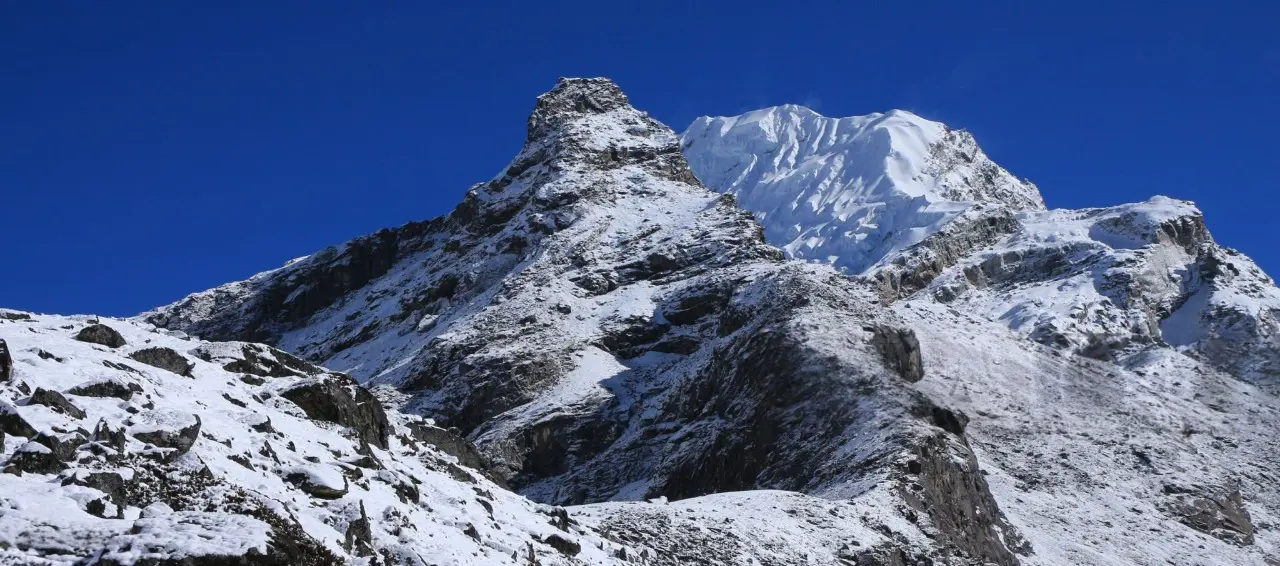
Lobuche Peak, towering at 6,119 meters, is a premier trekking peak in Nepal’s iconic Everest region, renowned for its stunning vistas and achievable challenges.
This Lobuche Peak climbing adventure blends moderate technical climbing with breathtaking views of Mount Everest, Lhotse, Makalu, and Ama Dablam, ideal for aspiring mountaineers.
Paired with the iconic Everest Base Camp trek, this 17-day journey offers cultural immersion and high-altitude thrills in the Khumbu region.
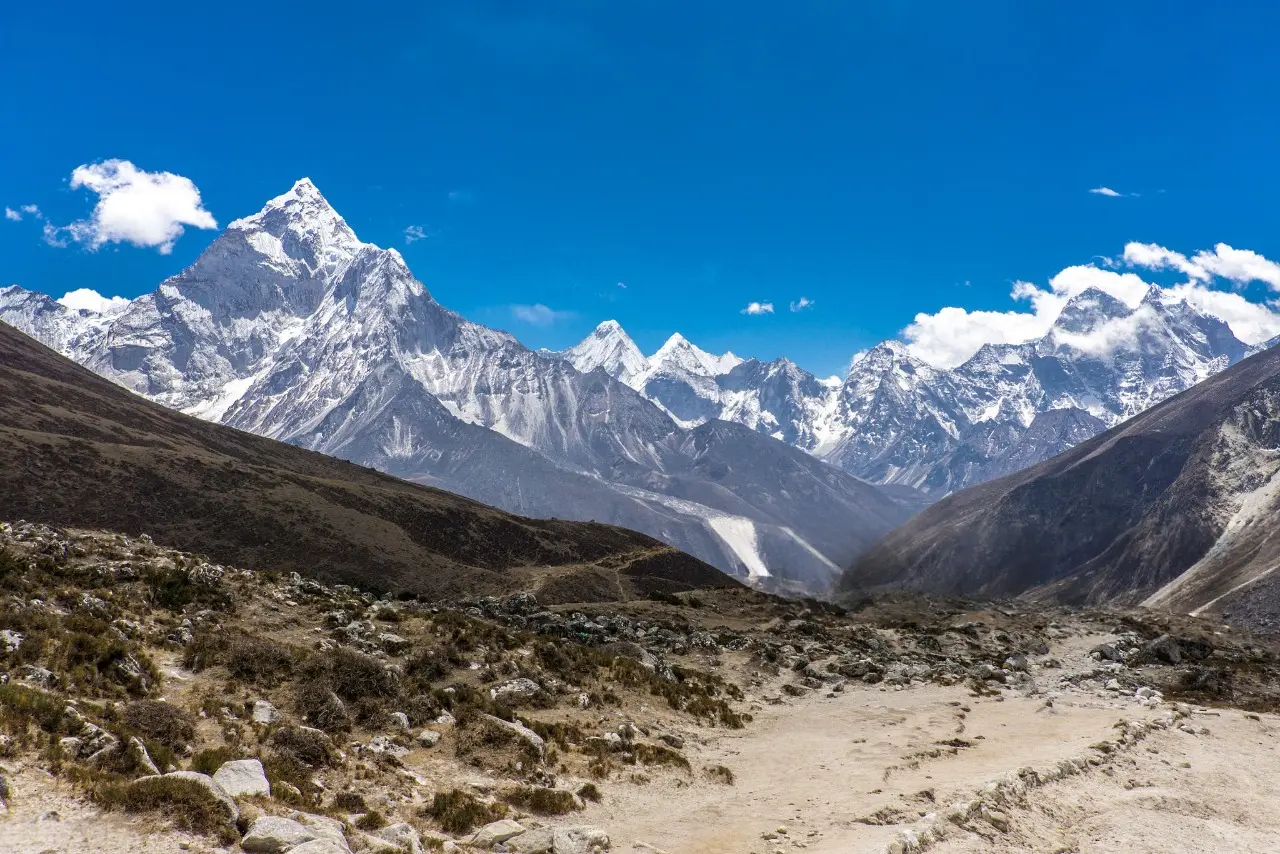
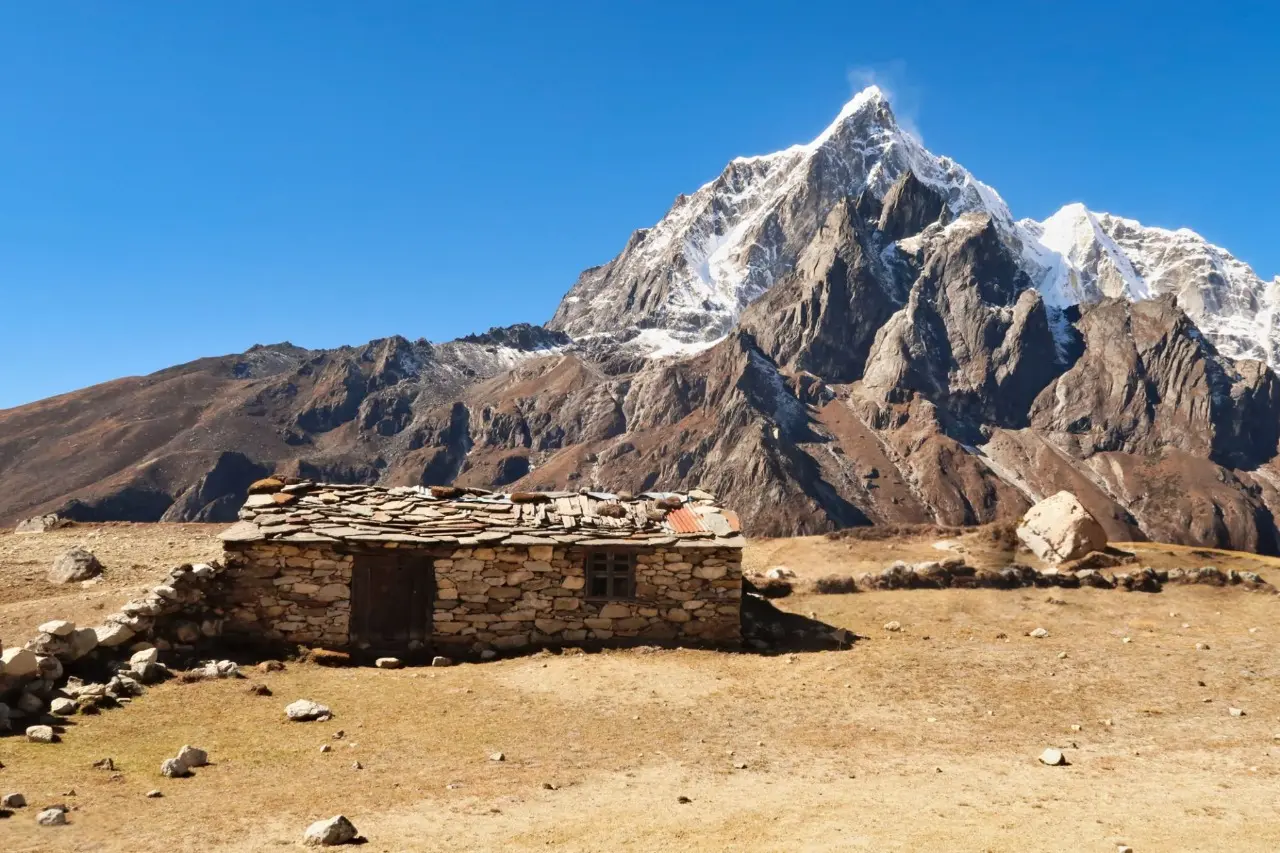
1. Trekking the Khumbu Region
Start with a scenic flight to Lukla (2,860m), trekking through Sherpa villages like Namche Bazaar (3,440m) and Dingboche (4,410m).
2. Acclimatization
Rest days in Dingboche and side treks to Nagarjun Hill (5,100m) or Kala Patthar (5,545m) ensure proper acclimatization.
3. Base and High Camp
Trek to Lobuche Base Camp (4,940m) and High Camp (5,400m), preparing with technical gear training.
4. Summit Push
The 6-8 hour summit climb uses fixed ropes, crampons, and ice axes, offering panoramic views of the Everest range.
5. Everest Base Camp
Visit Everest Base Camp (5,364m) for an iconic experience before descending.
The best seasons for Lobuche Peak climbing are spring (March-May) and autumn (September-November), with stable weather and clear skies.
Winter climbs require advanced preparation due to extreme cold and snow.
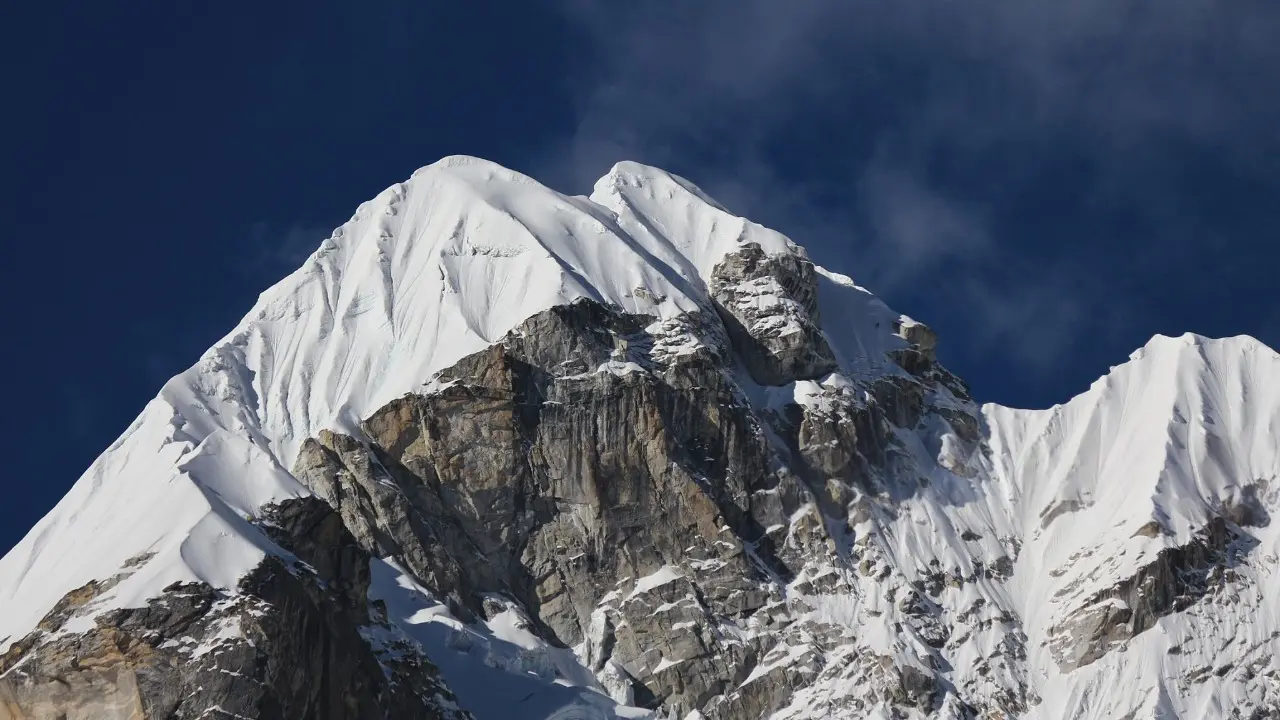
Lobuche Peak’s difficulty is moderate, involving snow and ice climbing with fixed ropes, crampons, and ice axes.
Physical fitness and high-altitude trekking experience are essential for the 6,119m climb.
First summited in 1984 by a Swiss team, Lobuche Peak is a popular choice for trekkers transitioning to mountaineering.
Lobuche Peak climbing suits trekkers with some mountaineering experience seeking a Himalayan summit.
If you’ve completed the Everest Base Camp trek, this is a natural next step.
It’s ideal for adventurers craving technical climbing and the Khumbu region’s beauty.
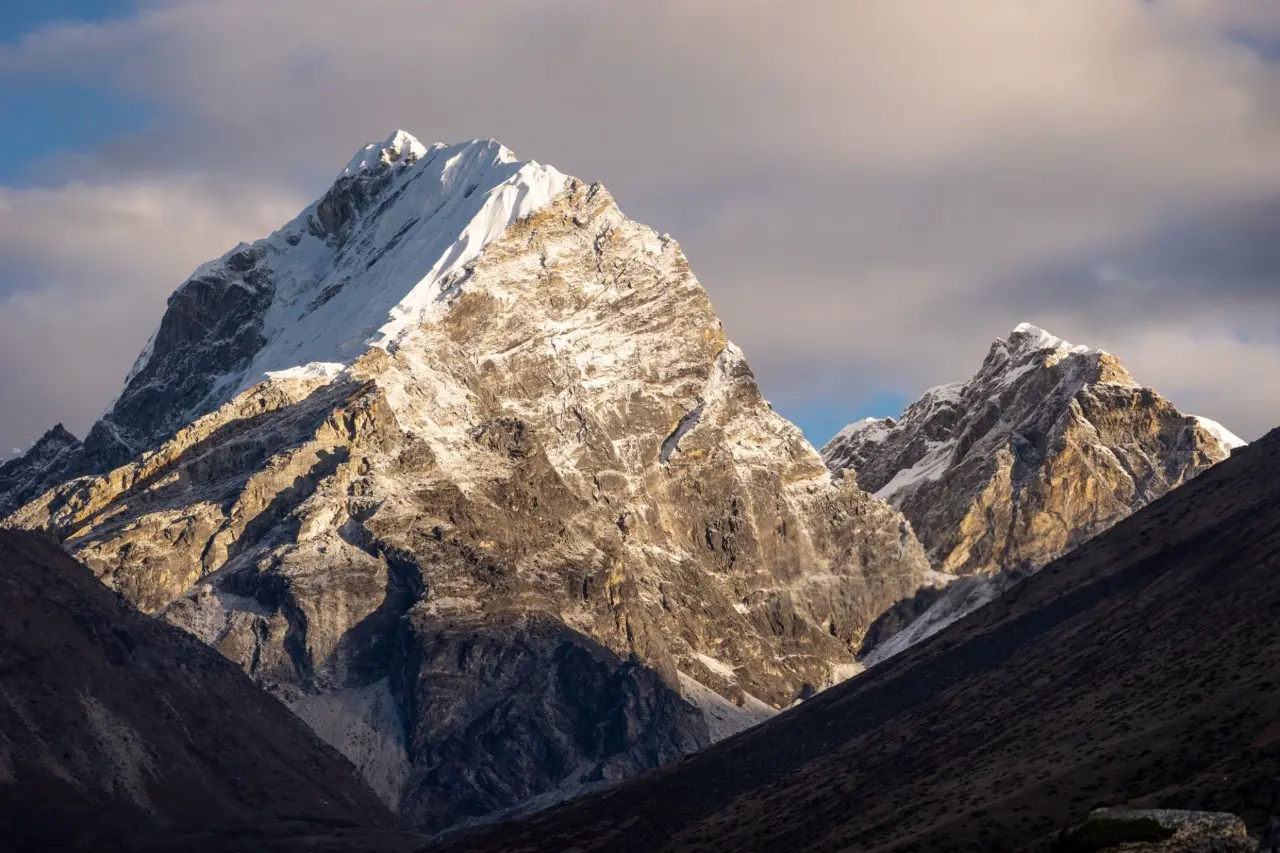
Key preparation includes:
Required permits:
A guided Lobuche Peak expedition ensures safety, technical expertise, and logistical support.
Guides navigate terrain, provide emergency support, and share Sherpa cultural insights.
Focus on the adventure while guides handle logistics.
Lobuche Peak climbing blends technical mountaineering with Himalayan exploration.
This 6,119m adventure offers stunning views, cultural richness, and triumph for trekkers and mountaineers.
Plan your Lobuche Peak expedition in Nepal today and conquer the Khumbu region’s iconic peak!
 Accommodation & Meals
Accommodation & Meals Permits & Documentation
Permits & Documentation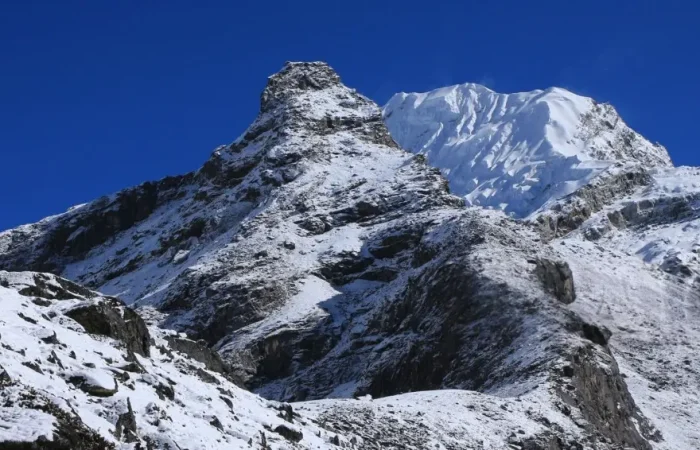
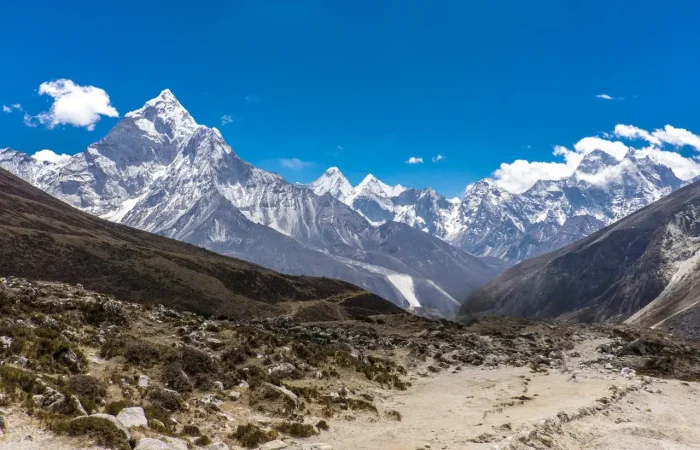

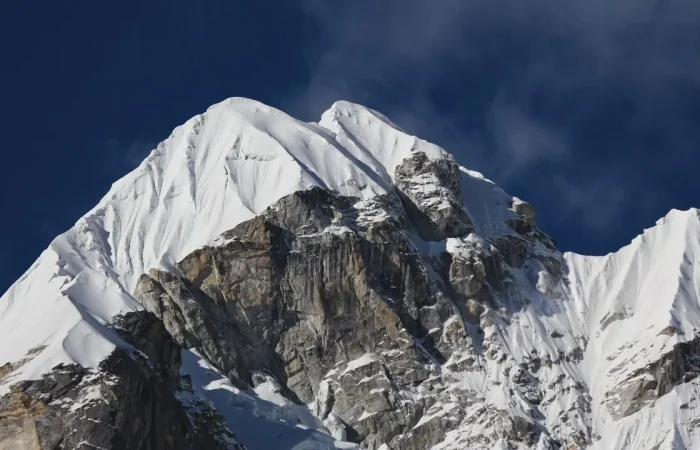
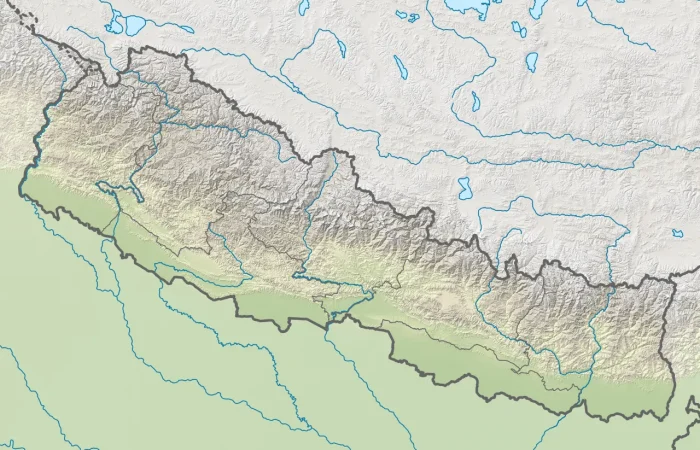
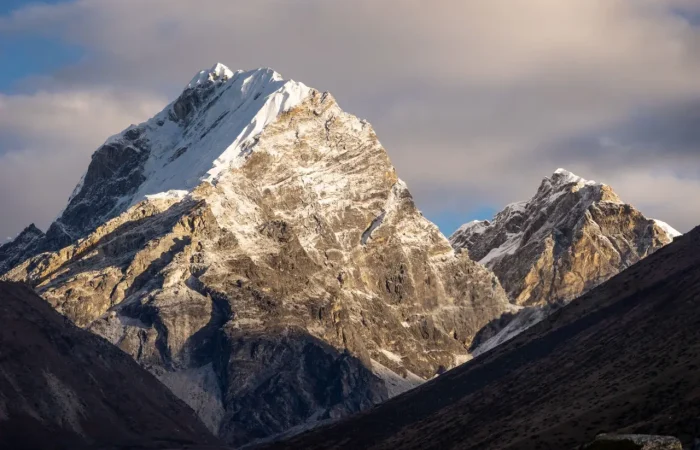
Upon arrival at Tribhuvan International Airport, our team will warmly welcome you and transfer you to your hotel in Kathmandu. After check-in, you can relax or explore the bustling streets of Thamel. In the evening, we’ll hold a briefing about your upcoming trek and climbing adventure.
An early morning scenic flight takes you to Lukla, the gateway to the Khumbu region. After meeting the trekking crew, the journey begins with a gradual walk through Sherpa villages, mani walls, and pine forests. Overnight in Phakding along the riverside.
Today’s trek follows the Dudh Koshi River, crossing several suspension bridges, including the famous Hillary Bridge. A steep climb through pine forest brings you to Namche Bazaar—the vibrant Sherpa capital with stunning views of Everest, Lhotse, and Kusum Kanguru.
Leaving Namche, the trail gently ascends with superb views of Ama Dablam, Thamserku, and Khumbila. After passing Mong La, a ridge-top village, we descend through rhododendron forests to reach Phorste Thanga, a riverside hamlet.
A shorter trekking day with steady uphill climbs. The trail passes through birch and juniper forests before reaching Dole. The mountain views become more dramatic as you gain altitude.
We continue on a gentle ascent through open valleys with grazing yaks. Passing Lhabarma and Luza, we eventually reach Machhermo, known for its yak pastures and sweeping views of Cho Oyu (8,188m).
The trail gradually climbs up to the first, second, and third Gokyo Lakes—turquoise glacial lakes shimmering beneath snow-capped peaks. Overnight at Gokyo village, beside the largest of the lakes.
An early morning ascent of Gokyo Ri rewards you with breathtaking sunrise views over Everest, Lhotse, Makalu, and Cho Oyu. After descending, we trek across the glacier to reach Thagnak, preparing for the challenging Cho La crossing.
A demanding but rewarding day! We ascend steeply to cross the icy Cho La Pass, decorated with prayer flags at the top. Descending carefully, we continue to the small settlement of Dzongla surrounded by dramatic peaks.
From Dzongla, the trail leads along rugged paths with excellent views of Lobuche, Ama Dablam, and Cholatse. We set up camp at Lobuche Base Camp, preparing for the climb ahead.
The route climbs steeply over rocky terrain to reach High Camp. After some training and practice with climbing gear, we rest early to prepare for the summit push.
The most exciting day of the expedition! A pre-dawn climb with ropes and crampons takes us to the summit of Lobuche East. From the top, you’ll witness an unforgettable panorama of Everest, Lhotse, Makalu, and countless Himalayan giants. After celebrating, we descend carefully back to Base Camp or lower.
We retrace the trail along the Khumbu Glacier and descend through beautiful valleys, eventually reaching Pangboche—the oldest Sherpa village, home to a famous monastery.
A long but scenic day trekking back to Namche. Enjoy hot showers, bakeries, and the lively Sherpa market after days in the high mountains.
The final trekking day retraces our steps along the Dudh Koshi River before reaching Lukla. Celebrate the completion of your climb and trek with your team.
A short morning flight returns you to Kathmandu. In the afternoon, enjoy a guided city tour covering UNESCO World Heritage Sites such as Boudhanath Stupa, Pashupatinath Temple, or Patan Durbar Square. Evening free for shopping and farewell dinner.
Your incredible Himalayan adventure comes to an end. Our team will transfer you to the airport for your onward journey, leaving you with lifelong memories of Lobuche East Peak and the Everest region.
The best seasons for climbing Lobuche East Peak are spring (March to May) and autumn (September to November). During these periods, the weather is generally stable, with clear skies and favorable climbing conditions.
Lobuche East Peak is considered a challenging trekking peak. Climbers require basic mountaineering skills, including the use of crampons, ropes, and ice axes. Previous high-altitude trekking or climbing experience is highly recommended.
While it is not mandatory to have advanced climbing experience, familiarity with basic mountaineering techniques and prior high-altitude trekking experience are highly beneficial. Physical fitness and mental endurance are also crucial.
The Lobuche East Peak climbing expedition typically takes 18-21 days, including acclimatization, trekking to base camp, and the summit attempt. The duration may vary based on the itinerary and weather conditions.
You need the following permits:
Climbing Permit for Lobuche East Peak.
Sagarmatha National Park Entry Permit.
Khumbu Pasang Lhamu Rural Municipality Permit.
The summit of Lobuche East Peak stands at 6,119 meters (20,075 feet) above sea level.
Essential climbing equipment includes:
Mountaineering boots
Crampons
Ice axe
Harness
Helmet
Ropes
Warm clothing, including down jackets and thermal layers
Sleeping bag suitable for extreme cold.
Yes, hiring experienced guides and porters is highly recommended. Guides ensure your safety and navigation during the climb, while porters help carry heavy loads, allowing you to focus on the trek and climb.
Preparation should include:
Cardiovascular and strength training to improve endurance.
High-altitude trekking or climbing practice.
Familiarity with mountaineering equipment.
Mental preparation for challenging conditions.
Potential risks include:
Altitude sickness
Weather changes
Physical exhaustion
Slips or falls in icy and rocky terrain
Proper acclimatization, safety measures, and an experienced guide can help minimize these risks.
Accommodations typically include teahouses or lodges during the trekking phase and tents at Lobuche Base Camp and High Camp.
The cost varies depending on the trekking agency, services provided, and group size. On average, the cost ranges between $2,000 and $4,000 USD, including permits, guides, porters, and accommodation.
Yes, comprehensive travel insurance is mandatory. It should cover high-altitude trekking, climbing, medical emergencies, helicopter evacuation, and trip cancellations.
Symptoms of altitude sickness include headache, nausea, dizziness, and shortness of breath. If you experience these symptoms:
Inform your guide immediately
Rest and hydrate
Descend to a lower altitude if symptoms persist
Use medications like Diamox if prescribed
Yes, many climbers combine Lobuche East Peak climbing with the Everest Base Camp trek or the Gokyo Lakes trek for an enhanced Himalayan adventure.